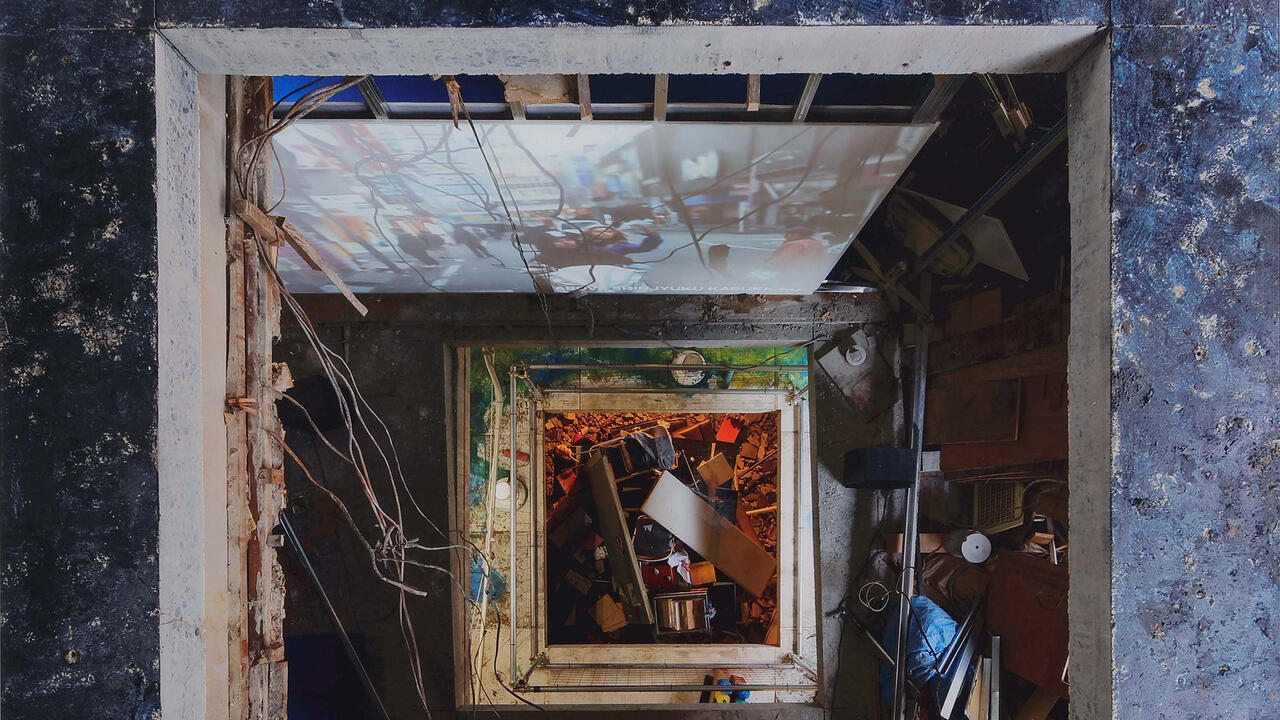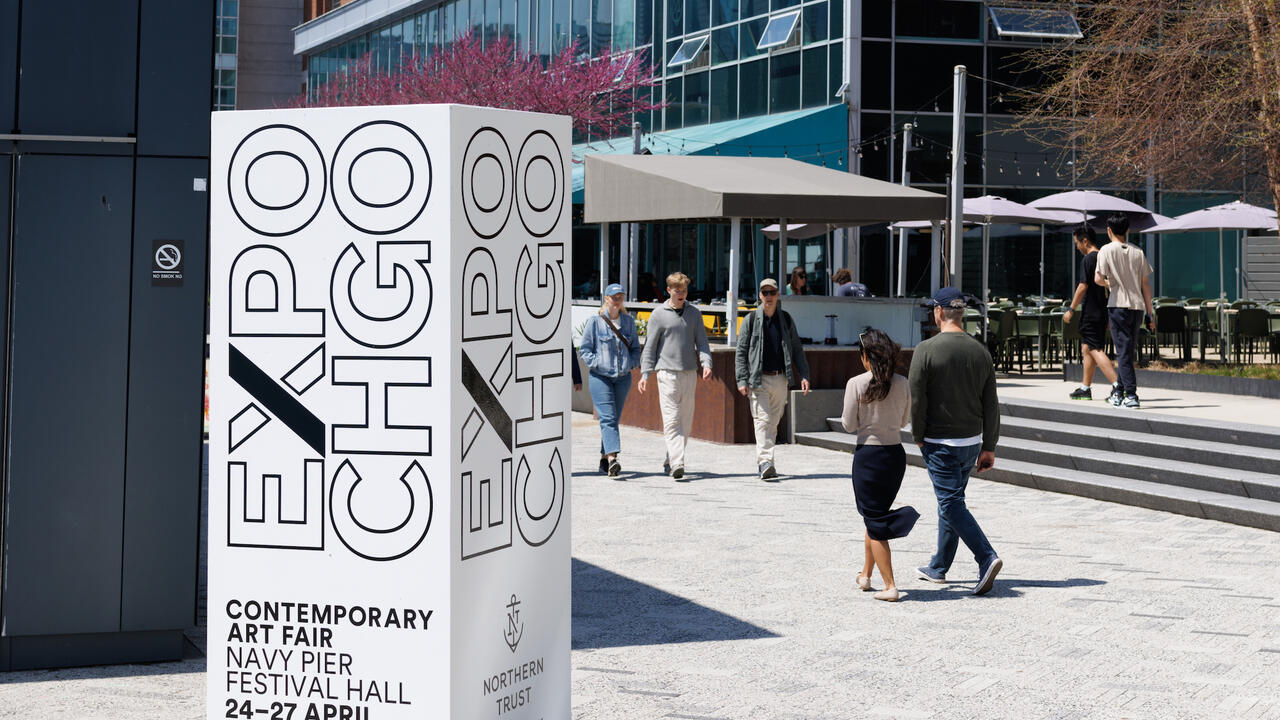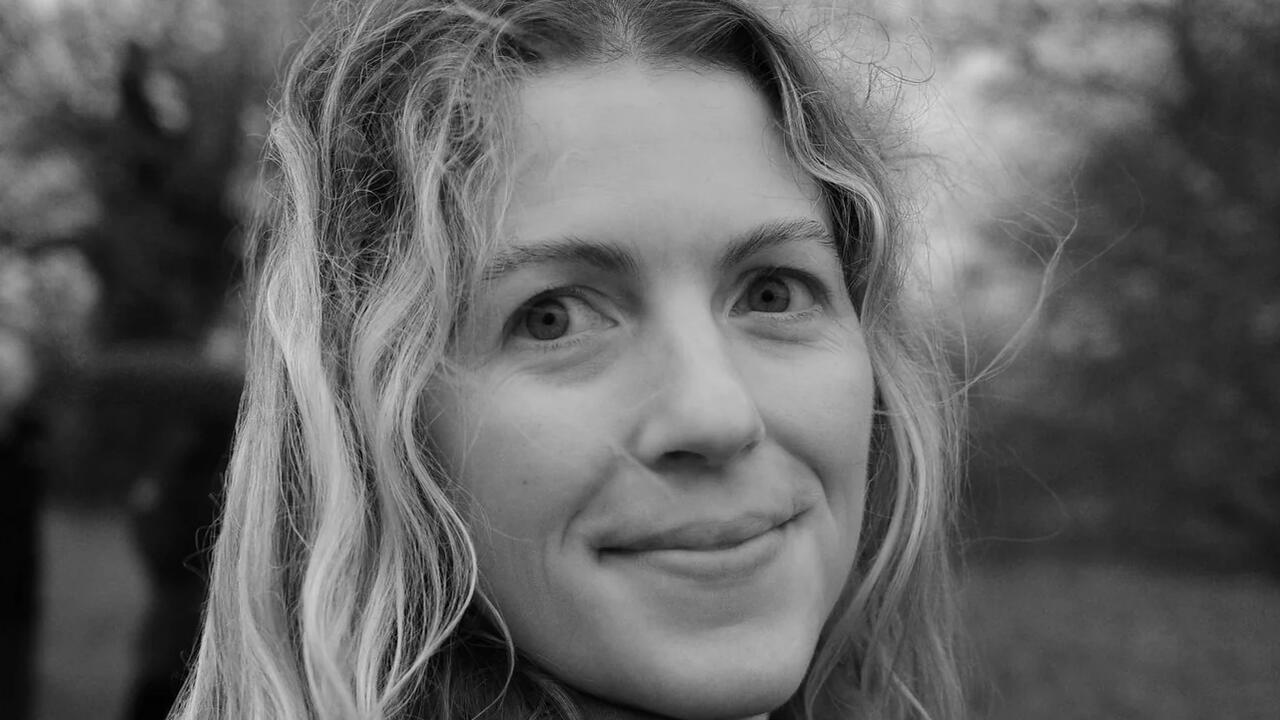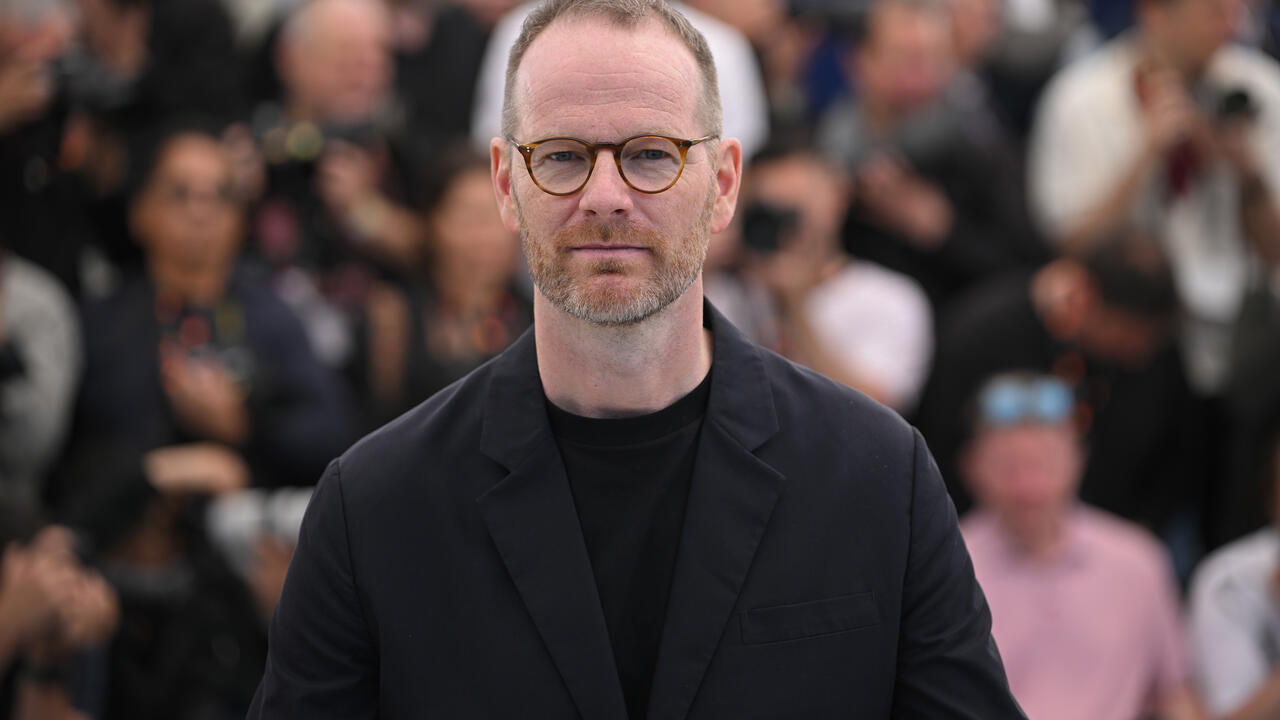Renée Green
Kwame Anthony Appiah, James Baldwin, Walter Benjamin, Marlon Brando, Jean Genet, Chris Marker, Robert Smithson, Los Angeles, Korea, Karen Thorsen, Lynne Tillman - these are a small selection of the many people and places referenced in Renée Green's exhibition 'Between And Including'. Threading through this labyrinthine installation is a preoccupation with what Foucault called the 'order of things': the different methods of arrangements and categorisation within the dominant structures of knowledge.
Green inverted the Sezession's architecture, based on a grid of central and side rooms, by compartmentalising the main rooms into small segments while leaving the side rooms open. Sentences painted onto the walls led the viewer along the labyrinth of corridors, around corners and into rooms filled with stories and quotations and autobiographical references. Yet the show was not so much about disorientation as it was about the principles of choice and decision. The structure of the rooms and the mass of selected material suggested ways of navigating the space - from passageways to living room-like structures. The labyrinth as image, spatial structure and instrument is of central importance to Green's practice.
The result is a kind of time machine. In a segment she called Sublimity Links, Green brought together artists, musicians and authors from the 19th century to the present day who are linked by the theme of travel and exile. Their names were presented on tags, surrounded by images of Swiss landscapes - symbols of the sublime in nature, but also of neutrality. Consequently, the accompanying film programme included Beno Maggi's film The Sixth Continent which told the story of ten people who left Switzerland to become part of the Diaspora.
In another part of the show, Green examined a set of very different events that took place in the same place and period. For example, she juxtaposed references to her childhood spent in Ohio, her mother's presence at Kent State University in 1970 during the shooting of demonstrating students, and Partially Buried Woodshed by Robert Smithson (1970).
Rather than merely grouping different ideas together under the umbrella of post-Modern indifference, Green proposed an understanding of history as something contingent and incomplete - ultimately as a personal concern, politically and artistically. Her time machine takes her to places and periods that help her not only to understand her own history as a product of social and political movements, but also to bring together like-minded people and sympathisers, creating genealogies across time and space. Her 'order of things' is a construction in which personal and public affinities become clear.

















